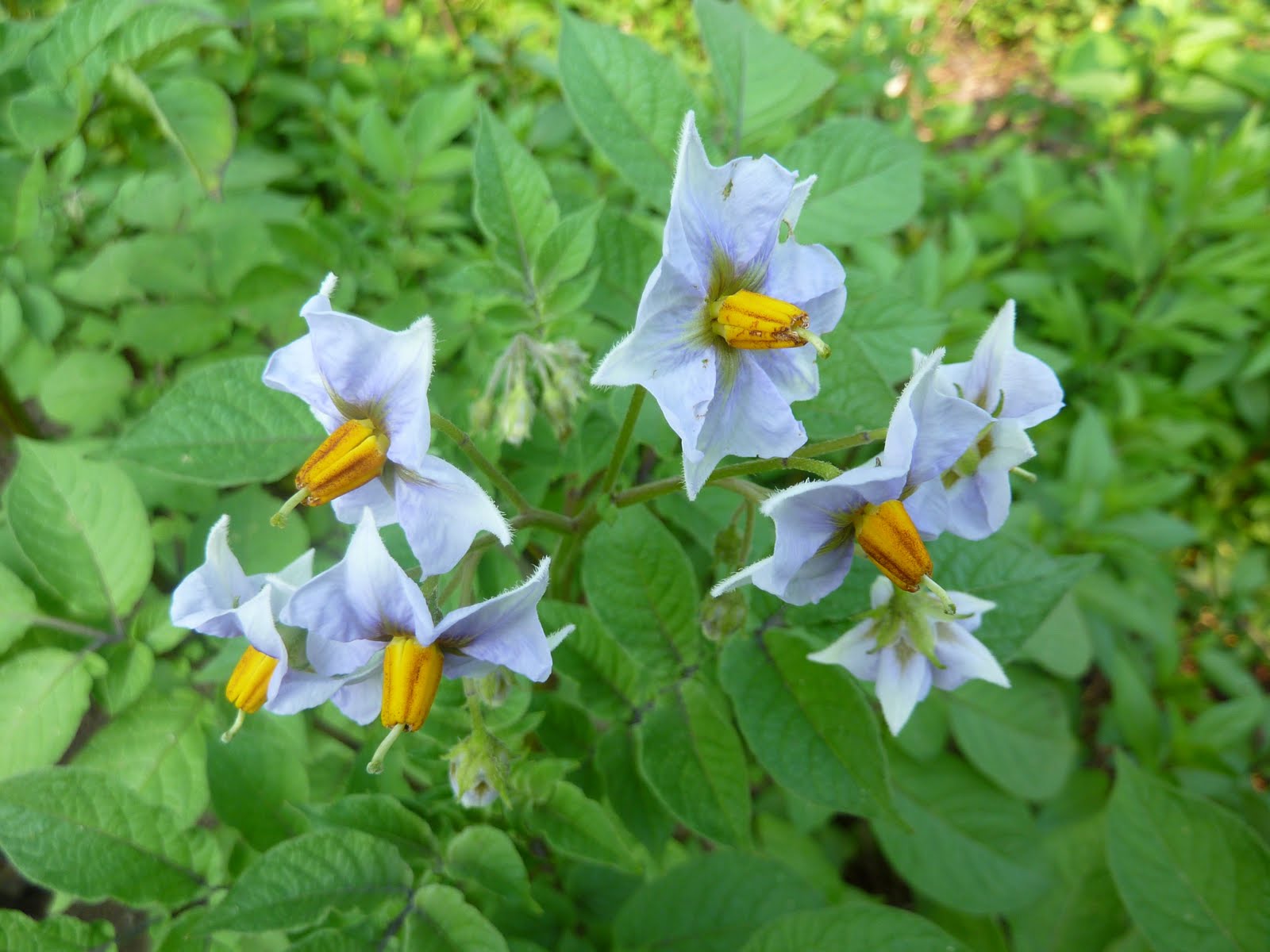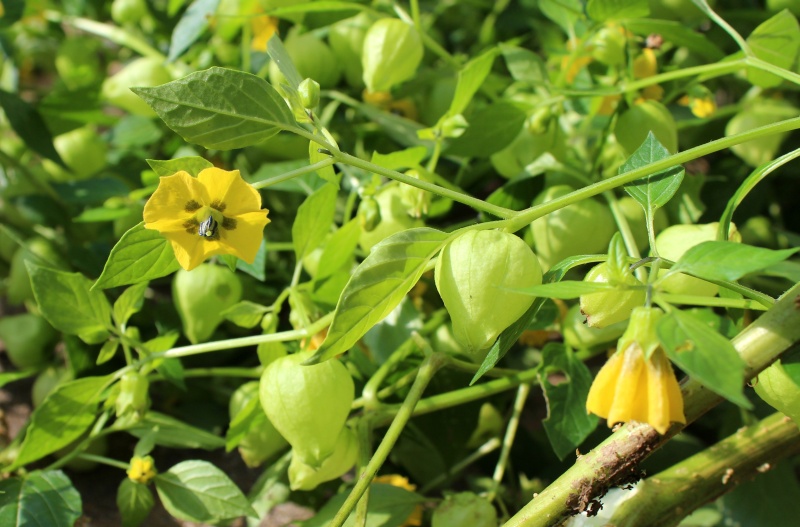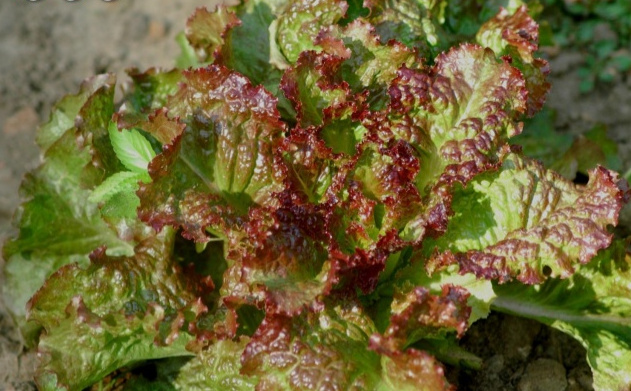Gardening is full of folklore and received wisdom handed down over the years from generation to generation and a lot of what I learned as a small boy came from my grandfather who instructed me in side-shooting tomato plants to make them grow taller and not bushy; and in removing the flowers of potato plants to make the plant devote it’s energies to producing tubers. It’s only recently that I’ve come to question some of these practices – like double digging your allotment in the autumn and using chemical controls instead of organic methods. As the potatoes on the allotment begin to mature, flowers start to appear and, as usual, I have been going along the rows of first earlies to start with, removing the small white flowers as they appear. However, doing a little research on this suggests that the increase in crop yield is likely to be a very small percentage indeed – to the extent that it isn’t worth it! So perhaps I’ll not bother in future and hope my grandfather will understand!


One of the pictures here shows potato flowers; the other the flower of a related plant from the same Solonacae family – the Mexican tomatillo. Inspired by my son Sam opening a large tin of tomatillos when cooking for his TacosforPeace community interest company (https://tacosforpeace.org), I thought I would have a go at growing these in the greenhouse this summer as an experiment. Sowing the seed in a propagator in February and planting them out in the greenhouse in April, they are now about 2 meters high; very bushy, covered in small yellow flowers which the bees love and the papery fruit casing containing the tomatillo are beginning to appear. They closely resemble physalis fruits sometimes known as Cape gooseberries – which you have probably seen in the supermarkets. I’ve now just got to work out what to do with them – shipping them fresh to Manchester where he lives is not really feasible so clearly more Mexican food is going to be on the menu soon!
The most significant weed which we have to deal with at the allotment is bindweed. It has very deep roots which send up long shoots which then extend in all directions along the surface of the ground winding their way up other plants. It is perennial and can take some seasons to get rid of. Digging up the roots is good – but difficult amongst other plants. Hoeing off the tops at least weekly is probably the best approach – but has to be done regularly. And opinions differ as to what to do with the dug up roots. Some say compost them; others suggest burning – we rot them down under water first and then compost them.

And finally – we are harvesting some splendid lettuce right now – which has grown really well despite the drought. Last year I bought a packet of lettuce seed in a shop in Brittany because lettuce in French shops always looks so fantastic – the variety is ‘Grenoble Red’ and it has cropped really well. It is a ‘cut and come again’ plant which means you take off the outer leaves and leave the heart – which then opens up to form more outer leaves. In this way you can keep on cropping from the same plant for several weeks